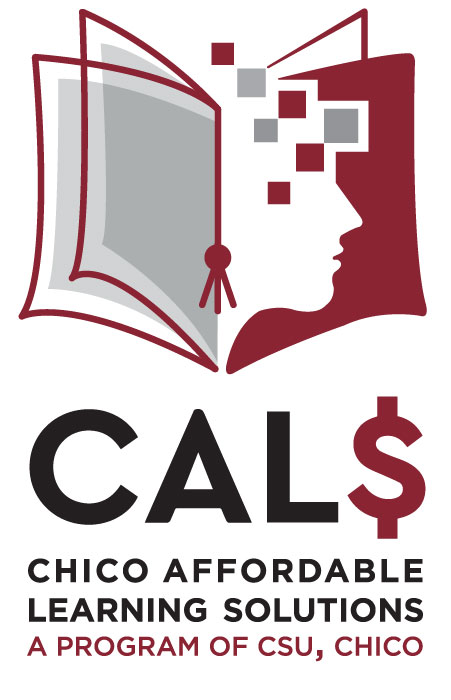CSU Affordable Learning Solutions(opens in new window)

Open Educational Resources (OER) are teaching, learning, and research materials that are free and have been openly licensed. OER include a wide range of materials such as books, case studies, software, reference materials, assessments, assignments, tutorials, slides, videos, images, and more.
OER are a type of “Open Content” materials for teaching, learning, and research that are not only free but have a perpetually openly license enabling them to be used and reused without charge or need to ask permission (e.g. Public Domain, Creative Commons, or GNU license).
There is a common misconception that any free online resource is “open”, however most resources on the Internet are closed resources, even if they are available for free. OER is also different from “Open Access” (e.g. Open Access journals or archives) which may hold a traditional copyright and sometimes cannot be copied, shared, or remixed. For more information, see the Open Access and OER Handout(opens in new window) by Anita Walz.
With 52% of Chico State students reporting* going without a textbook, and 55% reporting they have altered their food or housing budget to pay for books, the clear benefit is that OER are free and available to all students the first day of class.
Faculty also benefit because the open licenses permit reuse and adaptation without a need to obtain permission from the copyright holder. This encourages customization and makes it easy to update and modify these resources to fit specific courses.
For more information about OER Resources and how to use them please see Elder and Katz’s The OER Starter Kit(opens in new window).